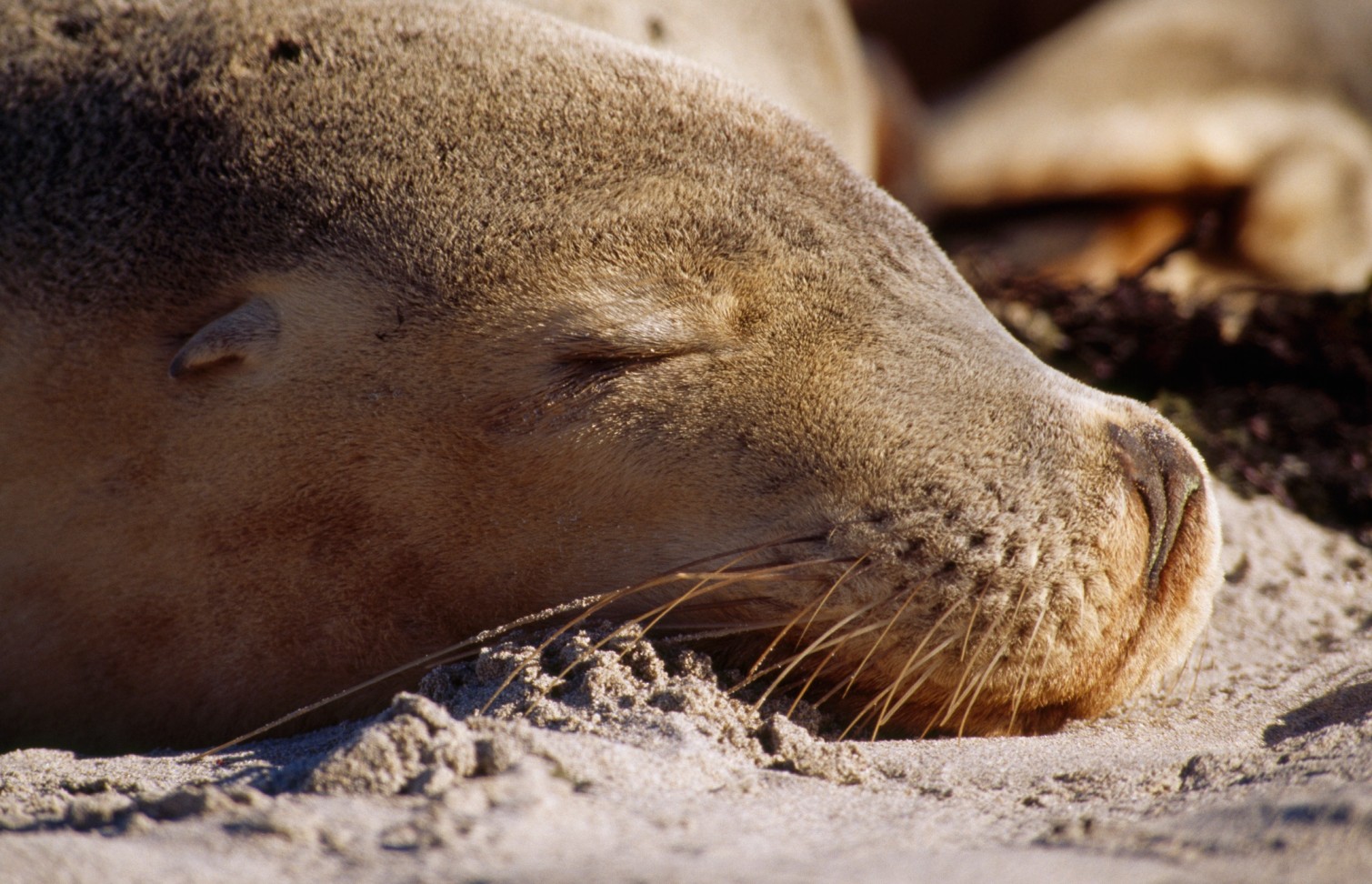Australian researchers have equipped sea lions with underwater cameras to map previously unexplored areas of the ocean floor.
In Australia – and the world – ocean seabeds and the surrounding benthic habitats remain shrouded in mystery. Remotely operated robots can gather ocean floor data, but they are expensive, require certain weather conditions and are difficult to operate in remote, offshore areas.
To overcome these challenges, the research team glued GPS units and lightweight cameras on Australian sea lions (Neophoca cinerea). These fast-swimming predators forage in several different benthic habitats, allowing the researchers to model over 5,000 square kilometres of ocean floor.
The results are published in Frontiers of Marine Science.
The eight enlisted sea lions came from the Olive Island and Seal Bay colonies on the coast of South Australia.
“We deployed the instruments on adult females so we could recover the equipment a few days later when they returned to land to nurse their pups,” explains first author Nathan Angelakis, a PhD student with The University of Adelaide and the South Australian Research and Development Institute.
The sea lions collected 89 hours of recordings in total, from which the researchers identified six distinct benthic habitats: macroalgae reef, macroalgae meadow, bare sand, sponge/sand, invertebrate reefs and invertebrate boulder.
The researchers then used machine learning models to predict the habitat type in nearby areas of continental shelf.
“The sea lions from both locations covered quite broad areas around the colonies. In our calculations, we kept the area in which we predicted habitats small to maximize the precision of our predictions,” said Angelakis. “This allowed us to model benthic habitats across more than 5,000 square km of the continental shelf.”
The findings have conservation implications for the endangered sea lion and for other benthic species that rely on these habitats.
“These data are useful both for mapping critical habitats for an endangered species such as the Australian sea lion, and more broadly, for mapping unexplored areas of the seabed,” said Angelakis.












/https://tf-cmsv2-smithsonianmag-media.s3.amazonaws.com/filer_public/d1/82/d18228f6-d319-4525-bb18-78b829f0791f/mammalevolution_web.jpg)







Discussion about this post